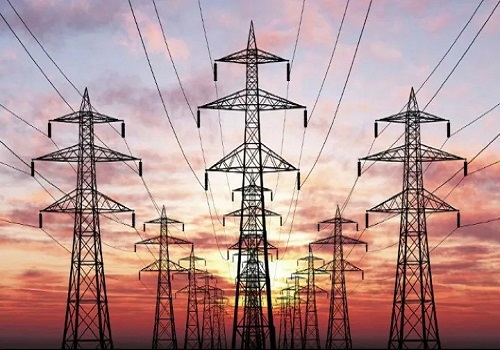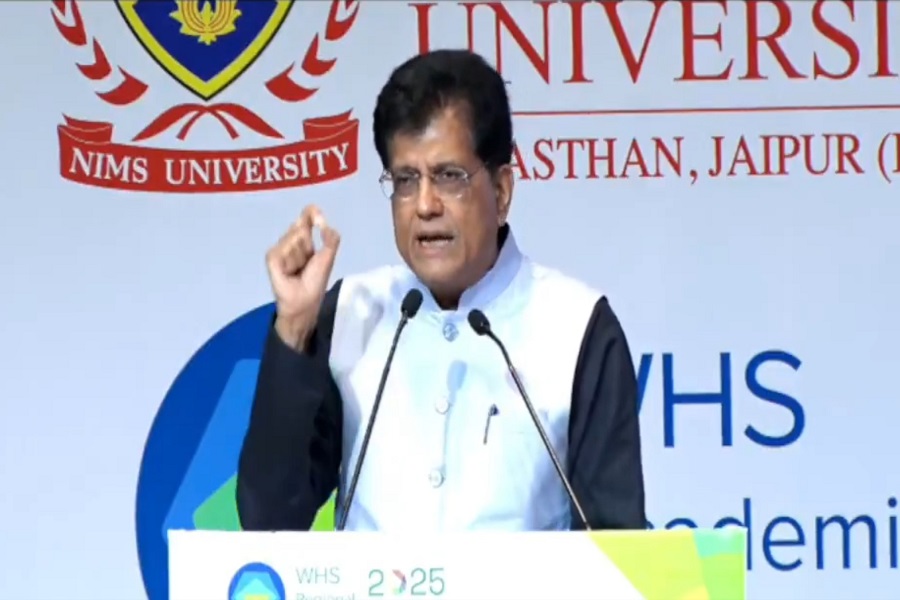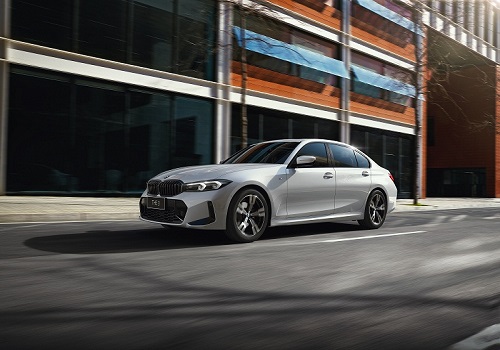Electric Cars and Cold Weather: Myths vs. Reality

Electric vehicles (EVs) have surged in popularity over the past decade, promising a cleaner, greener future. However, one common concern among potential buyers and skeptics alike is how electric cars perform in cold weather. From fears about reduced driving range to worries over battery damage, there are many myths surrounding EVs and chilly climates. This article separates fact from fiction, exploring how electric cars really fare in cold weather and what owners can expect.
Myth 1: Electric Cars Don’t Work Well in Cold Weather
Reality:
Electric cars absolutely work in cold weather — they start reliably, drive smoothly, and can handle winter conditions just like conventional cars. Modern EVs are designed with sophisticated battery management systems that regulate temperature to keep batteries within optimal operating ranges. While extremely low temperatures can impact performance, EVs are engineered to mitigate these effects and maintain safety and drivability.
Myth 2: Cold Weather Destroys EV Batteries
Reality:
Cold temperatures do not “destroy” batteries, but they temporarily reduce the battery’s efficiency and energy output. Lithium-ion batteries, which power most EVs, slow down chemical reactions in cold conditions, resulting in lower range and reduced charging speed. However, this effect is reversible — once the battery warms up, performance returns to normal. Thermal management technologies, like battery heaters and insulated packs, help preserve battery health even in freezing temperatures.
Myth 3: EVs Lose More Range in Winter Than Gas Cars
Reality:
While it’s true EVs experience a range drop in cold weather — often between 20% to 40% depending on conditions — gas cars also lose efficiency due to factors like thicker oil, longer engine warm-up times, and increased fuel consumption for cabin heating. The difference is that EVs use battery power for heating, which impacts range, whereas gas cars rely on waste heat from the engine. Still, advances in heat pump technology and energy-efficient cabin climate systems in EVs are narrowing this gap.
Myth 4: Charging an EV in Cold Weather Takes Forever
Reality:
Charging times can increase in cold weather, especially with fast charging, because the battery must warm up before accepting high currents. However, many EVs precondition their batteries when plugged in or via mobile apps, warming the battery during charging or before driving. Additionally, most home chargers operate at a steady pace unaffected by weather extremes. With proper planning, cold weather charging need not be inconvenient.
How to Optimize EV Performance in Cold Weather
Precondition Your Vehicle:
Use your EV’s app or onboard system to warm the battery and cabin while still plugged in to preserve battery life and improve range.
Use Seat and Steering Wheel Heaters:
These use less energy than heating the entire cabin, helping conserve battery.
Park in a Garage or Sheltered Spot:
Keeping your EV out of the cold overnight reduces battery chill.
Drive Smoothly:
Avoid rapid acceleration and high speeds to maximize efficiency.
Monitor Tire Pressure:
Cold air reduces tire pressure, affecting grip and efficiency.
The Future of Cold-Weather EV Technology
Automakers and battery manufacturers continue to innovate for better cold-weather performance. Solid-state batteries, expected to roll out in the coming years, promise better thermal stability and energy density. Improved thermal management systems and AI-powered climate controls will further enhance range and convenience in freezing conditions.
In conclusion, while electric cars do face some challenges in cold weather, many of the myths exaggerate their limitations. Thanks to modern technology and smart driving practices, EV owners can confidently drive through winter months with only modest range adjustments. As battery and heating technologies evolve, electric vehicles will become even more resilient to cold climates, accelerating the global shift toward sustainable transportation.
























